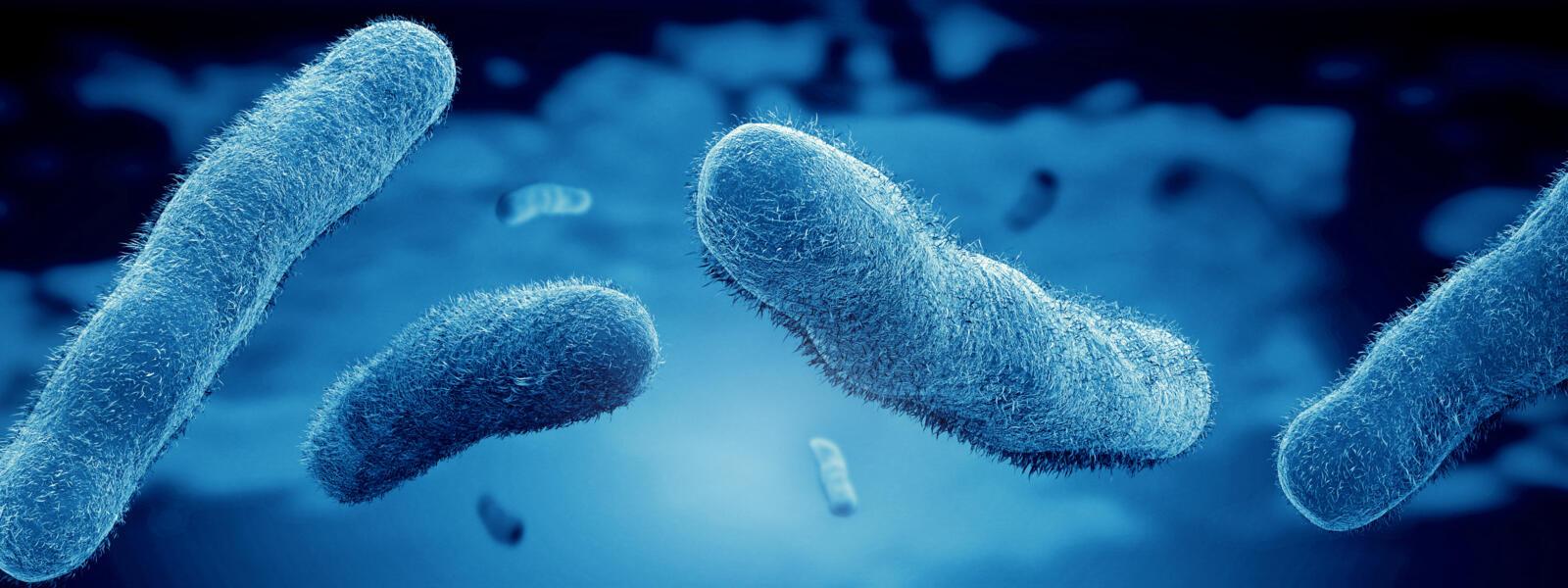Legionella and Legionnaires' disease
Legionella has been a well-known and persistent problem for more than 50 years, according to various articles from the World Health Organisation (WHO). The number of infections caused by the Legionella bacteria yearly increases, with a last year’s total of 516 infections in England and Wales.
Legionella isn’t always a life-threatening danger for healthy people, but for elderly people or people with underlying conditions, an infection can be fatal. The legionella bacteria causes Legionnaires' disease, a lung disease that is fatal in 5 to 10 percent of the cases (WHO).
Limescale deposits and Legionella
Favorable conditions for the multiplication of the bacteria include the presence of limescale and rust, according to research by the American Center for Disease Control and Prevention (2018) and the United States Environmental Protection Agency (2016).
The need for suitable nutrients is where the presence of hard water becomes a potential legionella issue. Limescale and sediment are factors that lead to legionella growth. When water does not flow well, the resulting areas of stagnation encourage biofilm growth. When biofilm is formed, it provides an ideal habitat and the necessary nutrients for legionella to grow.
The presence of limescale and corrosion increases available surface areas and nutrients in the water system. The fractured and uneven nature of limescale layers lining up in your water pipes provide ideal circumstances for bacteria and biofilm. In this way, they can start building up in little openings in the limescale.
Mediagon Water Treatment indirectly prevents legionella in the water pipes. Our water treatment systems ensure that the limescale and rust layers on the inside of the water pipes are removed. In this way, the legionella bacteria no longer have a breeding ground to multiply.
More (scientific) articles can be found on our ''News'' page

